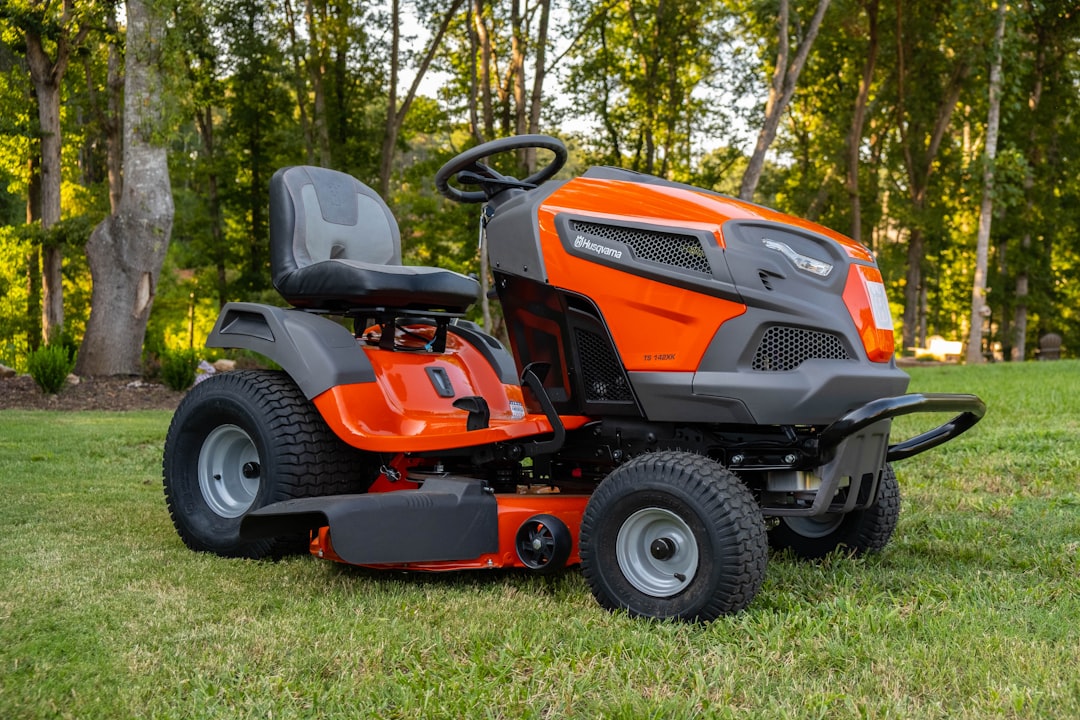
A rich, environment-friendly lawn not only improves the appeal of your home but likewise serves as a comfy area for outside activities and relaxation. Lawn treatment, nonetheless, needs greater than just occasional mowing. By comprehending ideal practices, you can cultivate a healthy lawn that will certainly thrive year-round. In this guide, we will check out essential strategies for reliable lawn treatment, including mowing, watering, fertilizing, and bug management.
Cutting is just one of the basic tasks in lawn treatment, and it considerably affects the wellness of your lawn. It is essential to trim frequently, but much more notably, it is crucial to mow at the ideal height. Various lawn types have different excellent reducing elevations, usually ranging from 2.5 to 4 inches. Maintaining your mower blades sharp ensures a tidy cut, which reduces tension on the lawn. Furthermore, altering your mowing pattern can encourage healthier development and prevent dirt compaction.
Watering is an additional crucial element of lawn care that can considerably affect your grass’s vigor. Developing an appropriate watering schedule is crucial, especially during dry spells. Most yards require about one inch of water weekly, either from rains or watering. It’s best to water deeply yet occasionally, motivating the yard to establish deep origins. Morning is the excellent time for watering, as it reduces evaporation and fungal diseases that can occur with evening watering.
Fertilizing is necessary to restoring the nutrients in the soil, helping your lawn to expand green and healthy and balanced. A dirt test can establish which nutrients your yard may be doing not have, enabling you to pick the appropriate fertilizer. Normally, lawns benefit from a balanced plant food used during the growing season. Be sure to follow the maker’s standards to avoid over-fertilizing, which can hurt your turf and bring about nutrient drainage.
Last but not least, handling insects and weeds is required for maintaining a healthy and balanced grass. Frequently evaluating your yard for signs of pest activity, such as staining or holes, enables you to attend to problems early. Integrated pest administration (IPM) techniques, that include cultural, biological, and chemical controls, can effectively reduce parasite populaces without hurting beneficial bugs. Additionally, overseeding and using mulch can help avoid weed development by creating a competitive setting for grass to thrive.
Finally, a flourishing grass needs a combination of normal upkeep practices, including mowing, watering, feeding, and parasite administration. By following these vital lawn treatment techniques, you can create a lively outside area that boosts your home’s elegance. With a little patience and commitment, your initiatives will result in a sensational grass that becomes a resource of satisfaction for many years ahead.
 SON SON
SON SON